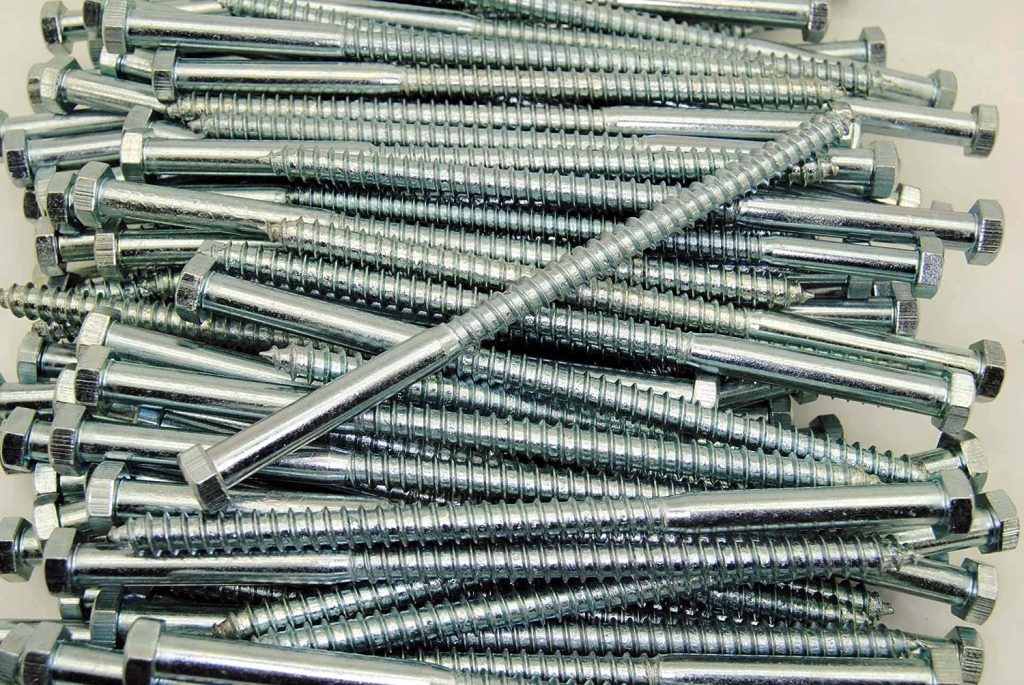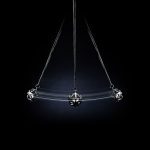Lag screws are typically used to connect materials that must withstand heavy loads. They have a sharp gimlet point and coarse threads that hold well in wood. However, they require pre-drilling.
A new fastening solution has been developed that increases the support surface of the screw head, while eliminating the need for countersinking. This may allow for faster and more accurate screw placement.
Choosing the Right Lag Screw
When it comes to installing fasteners, it is important that you use the right hardware for the job. This is particularly true when working with lag screws, which are much more substantial than regular screws and bolts. Choosing the wrong type of screw for your application could result in disastrous consequences.
Lag screws are available in a wide range of lengths and head widths. They also come in various grades and materials. Choosing the right lag screw for your specific project will ensure that it is able to adequately fasten the material that it needs to.
The first step in choosing the right lag screw for your project is to determine the size that you need. You can do this by examining the packaging that the lag screw came in or using a ruler to measure the head from tip to body. Next, select a drill bit that is slightly smaller than the diameter of the lag screw.
Aligning the Materials
Lag screws, also called lag bolts, are an essential tool for many construction projects. They are thicker and longer than sheet metal, self-drilling, or wood screws, and they require a nut to be fastened to increase their strength and security.
These incredibly strong fasteners connect heavy lumber or other materials bearing a significant load. They are often used to build decks, link lumber for outdoor play equipment, or hold flat-screen TVs to the wall.
The key to successfully installing a lag screw is aligning the materials you are connecting correctly. The best way to do this is to use a clamp to keep the pieces in place while you drill the pilot hole and drive the screw. When the lag screw is fastened, it will create friction with the material, helping to prevent slippage and provide a stronger connection. When choosing a lag screw, look for one made from high-quality, corrosion-resistant materials. Zinc, hot-dipped galvanized, and stainless steel lag screws are available to suit any project.
Drilling the Pilot Hole
Lag screws can be used to secure heavy objects to wood. They are often used for mounting things like television mounts to the wall, and they can support a lot of weight.
It’s important to drill a pilot hole before using lag screws. This helps ensure the screw doesn’t split the stud. It also makes it easier to install the screw. The pilot hole should be slightly larger than the screw’s minor diameter.
You can use a power drill to make the pilot hole. Just be sure to set the drill’s speed to a low setting.
When installing a lag screw, it’s important to drive the screw two and a half to three times its major diameter into the wood. Driving it any deeper may cause the wood to split, which could damage the structure. If you want to save time and energy, consider using a lag screw that doesn’t require pre-drilling. GRK lags are available in a variety of lengths and widths, and they offer 40% less torque than other lag screws on the market.
Fastening the Lag Screw
When fastening a lag screw, it’s important to take the time to do the job right. First, confirm that all of the materials are properly aligned. Then, drill a pilot hole that is slightly smaller in diameter than the actual lag bolt to ensure that its threads will have enough material to bind to. Finally, use clamps to hold the materials together while you drill so they don’t shift and pull out of alignment.
Lag screws (or lag bolts) are tough types of fasteners that are used to connect lumber and other materials that will bear intense loads. They differ from more common screws like wood, sheet metal and self-drilling screws because they have hex heads and require a ratchet or socket wrench to drive in.
While they can be run in without a pilot hole, the wood will split locally around the screw head. This reduces the grip strength of the screw and can cause it to come loose more easily. To avoid this problem, use a spade drill bit to create a countersink hole in the pilot holes before installing the lag bolts.


